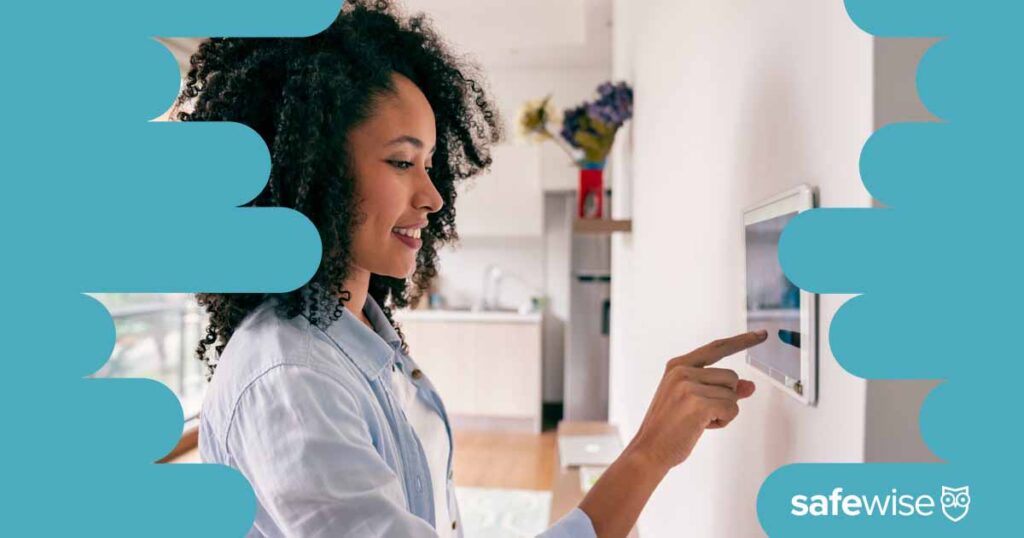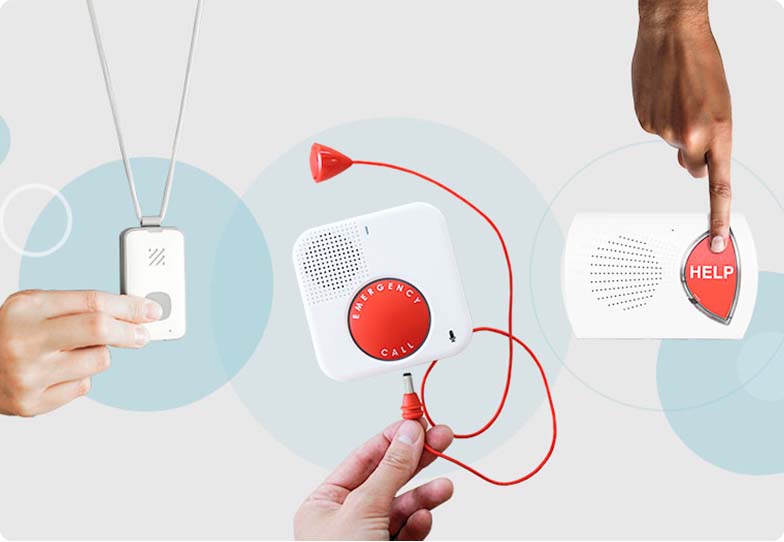Protecting your home from burglary can be simple, sensible, and affordable.
These basic steps—from being careful with what you recycle to removing geotags from photos you post online—can go a long way toward preventing your home from being burgled.
We may earn money when you buy through our links.
SafeWise experts have years of firsthand experience testing the products we recommend. Learn how we test and review.
Protecting your home from burglary can be simple, sensible, and affordable.
These basic steps—from being careful with what you recycle to removing geotags from photos you post online—can go a long way toward preventing your home from being burgled.
By signing up, you agree to our Terms and Conditions and Privacy Policy.
Avoid creating a tempting scene by keeping valuables out of plain sight. SafeWise advisory group member and theft researcher Ben Stickle, Ph.D., recommends the following:
Though it can be tempting to post pictures of your Hawaiian beach getaway on social media, don’t do so while you’re still on the trip. You don’t want to make it obvious you’re on vacation. Wait until you’re home, then post a collage. It’s also a good idea to comment thanking your house-sitters—just to clue readers into the fact that you don’t usually leave your home unoccupied, even during vacations.
Did you know that posting photos online could lead someone right to your location? Many cellphone cameras automatically add location tags—also called geotags—to photographs. Even though you can’t see the information on the photo, it could be hidden in the metadata; anyone with the right know-how can find out exactly where the photograph was taken.
If you’re selling items on Craigslist or eBay and the photos you post have geo-tags, you could be unintentionally advertising your address. While some sites do automatically remove geotag data, not all do, so cover your bases by changing your phone settings so that your photographs will not be geotagged. We show you how in the video below.
Subscribe to our YouTube channel and learn how to protect your home, loved ones, and belongings.
Get into the habit of keeping everything locked. In the warmer months when you open windows or doors to enjoy the summer air while you’re home, open them only in the room you’re in—that way you can enjoy a breeze and still keep an eye on things.
Stickle recommends making a regular routine of locking up. “We easily forget to re-lock the windows after use," he says. "Establishing a routine check, especially before leaving for a few days, helps find unsecured windows.”
Be sure to double-check that the locks are secure after someone works in your home too. It can be easy to forget those little details when you’re wrapping up with a contractor, so set a reminder for yourself.
Motion sensor lights will protect your home as they surprise a would-be burglar and send them scrambling away into the night. As a bonus, many motion sensor lights are affordable, starting at about $20, and easy to install.
Always change the locks when you move into a new home. Even if the previous owner or tenant is the nicest person in the world, you never know who had extra keys or made copies. When you change the locks, make sure to opt for top-notch products—you could even consider replacing the current deadbolt with an electronic door lock for extra security.
Don’t wait for an emergency to meet your next-door neighbor. Take the time to introduce yourself and establish a friendly rapport. Neighbors looking after each other—and paying attention to people or circumstances that seem suspicious—can go a long way toward creating the type of cohesive environment that’s uninviting to potential burglars. Learn more about how to make your neighborhood safer.
The same home automation that allows you to view surveillance video of your home on your smartphone can be used to put you in control of lights, music, and other indicators that someone is home—even when you’re at work or traveling. You can turn lights and TVs off and on to make it appear that your home has not only lights on but also people inside moving from room to room.
Almost two-thirds of burglars would not rob a home with a home alarm system.1 And as more providers have entered the home security market and smart technology features have become more common, prices have become more competitive.
Older camera setups that once had to be viewed exclusively by off-site security guards have been replaced by security cameras that sync with your smartphone or tablet so you always have a view of what’s going on.
Your options for home security systems include the following:
Info current as of post date. Offers and availability may vary by location and are subject to change. Read full disclaimer.
Full ADT disclaimer



